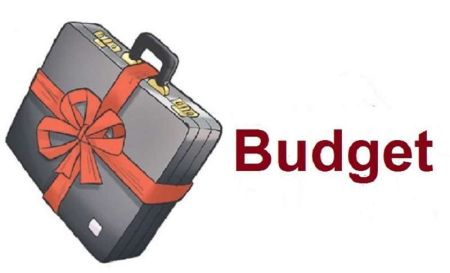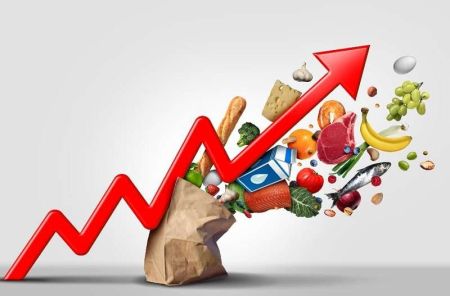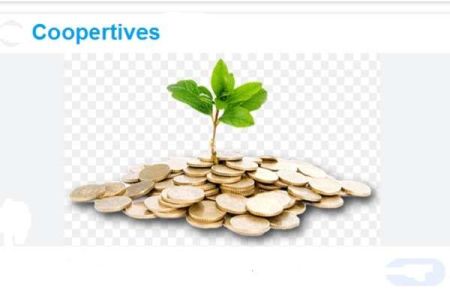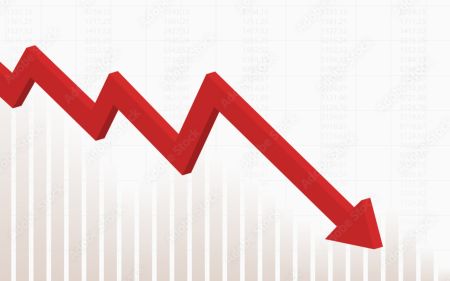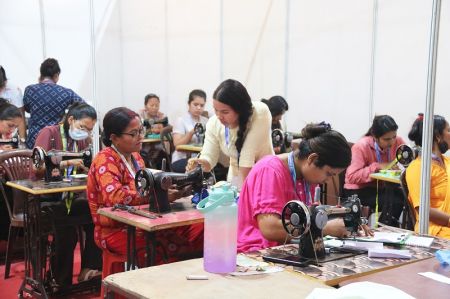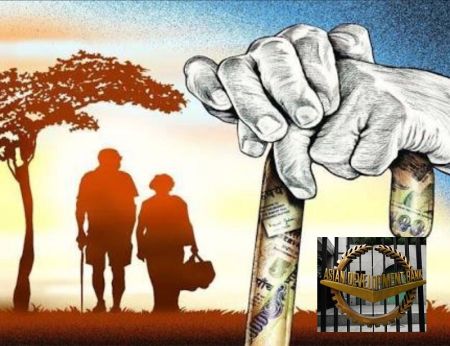
The Nepali economy has not been doing well for the past many years. According to Nepal Rastra Bank (NRB), the country’s economic growth rate has remained sluggish for the past many years, mainly because of the decade-long conflict and political instability. In the period from FY 2001/02 to 2011/12, Nepal’s GDP growth rate has crossed the five percent mark only once (in FY 2007/08 when the growth rate was 6.10 per cent), according to the Central Department of Statistics. However, Nepal’s highest GDP growth rate so far was recorded in FY 1994/95, a year before the Maoist insurgency started in Nepal. Almost all economists and development experts agree that Nepal’s economic performance will not improve unless there is political stability.
We find that the economic growth rate increases when the agricultural growth rate is high (agriculture contributes to more than one-third of Nepal’s GDP). However, the growth in agriculture is dependent on monsoon rains; it is high when the country receives a good rainfall and low when the rainfall is low. The projected economic growth rate for the current fiscal year 2012/13 has already been revised twice – first from 5 per cent to 4.1 and then to 3.5 most recently. This means Nepal will have to double its current economic growth rate if it is to achieve a healthy growth rate of 7 per cent. That is clearly a tall order.
However, is that an impossible target for Nepal? Or can the country really achieve this target? If it can, how and through what measures? We asked these questions to a number of economists and development experts. Their responses are given below:
 ‘Focus on agriculture and industrialisation’
‘Focus on agriculture and industrialisation’
Nepal cannot achieve a healthy economic growth rate so long as there are political instability, labour problems and low production in the country. Nepal witnessed economic stability in FY 1994- 95 and that was for very short period of time. The agriculture sector could help to increase the country’s economic growth rate but the government has not been able to make enough investment in this sector. We must be able to commercialise our agricultural sector by introducing modern technologies in our traditional farming system. Simultaneously, we should also focus on industrial development which is the backbone for the development of any country in this age.
--HIMALAYA SHAMSHER JBR, First NRB Governor
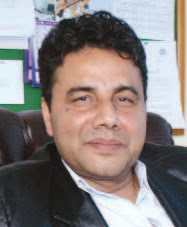
‘Seven percent growth rate possible’
Nepal’s economy has every possibility to grow by 7 per cent in the next fiscal provided that there is political stability in the country and the government makes policy changes to encourage the private sector.
The government should focus on providing a stable policy environment, integrating growth of the industrial and service sector and making investments in domestic production to displace imports.
Similarly, there is a need to boost our agricultural production. However, we should be able to create markets for our agricultural products.
--DR POSH RAJ PANDEY,Executive Chairman, South Asian Watch on Trade,Economics and Environment (SAWTEE)
 ‘Political stability is a must’
‘Political stability is a must’
For a rapid economic growth, we need proper plans, policies and programmes. However, we cannot expect a robust economic growth rate unless we have political stability in the country. Political stability is a must. Similarly, we need to substantially increase the investment in the agriculture sector and make concerted efforts to modernize it. The services sector in Nepal has good prospects. A sustained growth in this sector, too, can help Nepal achieve a healthy economic growth rate. So, we must focus on agro-processing industries and on the development of new software technologies. Similarly, we must be able to use the ever increasing remittance inflows in a more productive manner if we are to achieve a growth rate of seven percent or more.
--DR NARAYAN KHADKA,Former Vice-chairman,National Planning Commission
 ‘Need for political consensus on fundamental issues of development’
‘Need for political consensus on fundamental issues of development’
Nepal needs a growth rate of around 4-5 per cent in the agriculture sector and 9-10 per cent in other sectors if the country’s GDP is to grow by around 7 per cent. Development is basically a political process.
Therefore, it is crucial that the major political parties reach a consensus on the fundamental issues of development. Liberalisation is needed for the growth of organised industrial trade and business.
We also need to enhance our productivity and introduce modern technologies to our agriculture sector.
--DR BADRI PRASAD SHRESTHA, Former Finance Minister
 ‘Nepal has the potential to achieve 7% growth rate’
‘Nepal has the potential to achieve 7% growth rate’
Nepal actually does have the potential to achieve a seven percent economic growth rate or more, like our two immediate neighbours – India and China. But in the present situation of political instability and uncertainty, it seems an almost impossible target. The World Bank has estimated Nepal’s economic growth to be not more than 3.8 per cent in the current fiscal year.
We must focus on our major sectors such as agriculture, tourism, water resource etc if we are to attain speedy economic growth. We must increase our domestic production significantly if we are to achieve such a high growth rate. Increased domestic production will not only help reduce the ever-rising imports of several products but will also help us earn foreign currency by increased exports. Likewise, we must also be able to develop our education, health and social sectors.
Finally, the government should create an investment-friendly environment by introducing matching policies and ensuring the security of investment – foreign as well as domestic.
--NARAYANRAJ TIWARI, Former Finance Secretary
 ‘Focus on tourism, productivity and exports’
‘Focus on tourism, productivity and exports’
Nepal has the prospects for large-scale investment. Foreign investment is important for the development of sectors such as hydropower, tourism, transport, railway, agriculture and other bigger projects. We need to speedily develop bigger hydropower projects to address the energy crisis. Without tackling the energy crisis, we cannot really expect a healthy economic growth rate. Both the public and the private sectors should invest to increase production. We also need rapid industrialization which will create new employment opportunities. Nepal has tremendous possibilities of tourism development. Nepal should basically target Chinese and Indian tourists. In the last fiscal year, more than 10 million Chinese and Indian tourists went for outbound travel. If we can attract only 10 per cent of it, we will have one million more tourists. Nepal should make serious attempts to achieve this. Nepal should make long-term strategies to reduce imports and increase exports by increasing the domestic production of goods and services. Nepal should focus on increasing the export of commodities like, carpet, herbs, ginger, tea and Pashmina, among others.
--JAYA MUKUNDA KHANAL,Secretary,Ministry of Agriculture Development
Economic Prospects
The economic outlook for Nepal hinges on how political uncertainties are resolved, the weather, and remittance inflows. Investor confidence is depressed by concerns over the political transition, now in its fifth year, following the dissolution in May 2012 of the Constituent Assembly, which failed to agree on a constitution. Recently, the political parties agreed to form a caretaker government led by the Chief Justice, which is expected to hold a Constituent Assembly election by 21 June 2013.
In view of the unfavorable monsoon, the shortage of fertilizers during the peak paddy planting season, low business confidence, the lack of a parliamentary-approved full budget, and subdued growth in India, GDP is projected to slow to 3.5% in FY2013. Production of paddy is projected to fall by 11.3%, maize by 8%, and millet by 2%. The lack of a full budget is causing funding shortages for ongoing development activities. While the industry sector performance is expected to remain weak, services growth is expected to continue to grow at around 5.4%. With a favorable monsoon, adequate fertilizer supplies, the timely adoption of a budget, and moderate expansion of remittances, GDP growth would rebound to 4.2% in FY2014.
(Source: Asian Development Outlook 2013)








